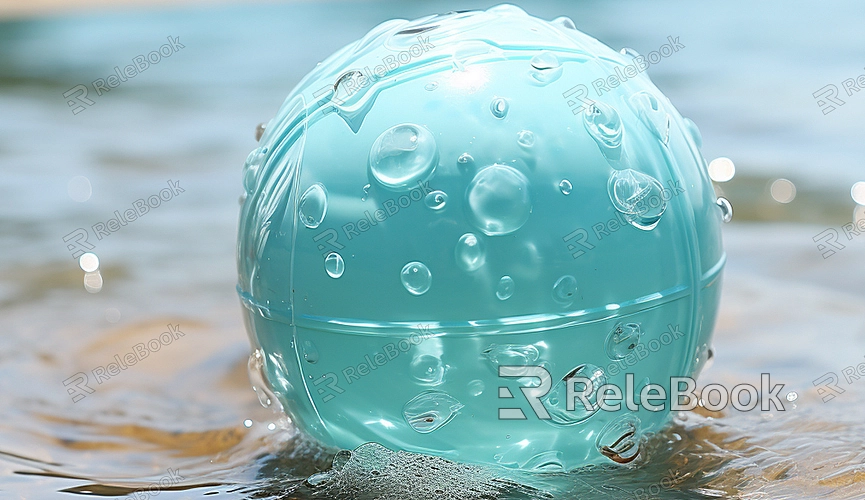How to Map UVs for Materials in 3ds Max?
In 3ds Max, "mapping UVs for materials" refers to the process of mapping texture coordinates (UV coordinates) onto the surface of a 3D model. This process involves applying 3D textures to the model's surface, and UV mapping ensures that the texture on the model's surface looks natural and realistic. To map materials to UVs in 3ds Max, you can follow these steps:

1. Preparation:
Open the 3ds Max software and load your model. Ensure that you have created UV sets for the model and applied appropriate textures.
2. Create Material:
In the "Material Editor," click the "Get Material" button to create a new material. Alternatively, choose a preset material type such as Standard, Raytrace, etc., from the toolbar. Right-click on the newly created material, select "Edit," and enter the material properties editor.
3. Set Map Coordinates:
In the material properties editor, locate the "Map Coordinates" rollout. If needed, set different map coordinate systems here, such as Planar, Spherical, or Cylindrical. This will affect how the material is projected onto the model's surface.
4. Add Texture:
In the "Diffuse Color" or any other desired color channel, click the small box icon to add a texture. From the pop-up list, choose the type of texture you want to use, such as Bitmap, Gradient, etc.
5. Adjust Texture Parameters:
Right-click on the newly added texture node, select "Edit," and enter the texture editor. Here, you can set parameters such as the path, scale, offset, etc., to adjust the position and size of the texture on the model.
6. Assign Material to Model:
In the viewport, select your model. In the "Modify" panel, find the "Assign Material" button, click it, and assign the material to the model.
7. Preview and Render:
Use the real-time view or interactive rendering mode to preview the effect of the material. If you are satisfied with the result, click the "Render" button to start the final rendering process.

